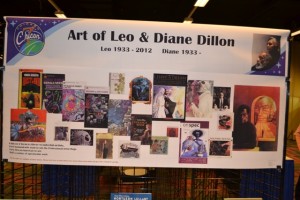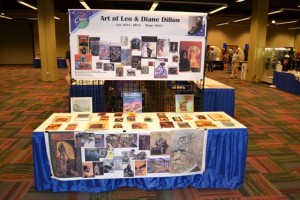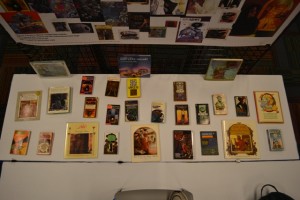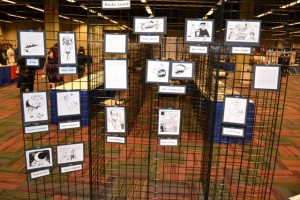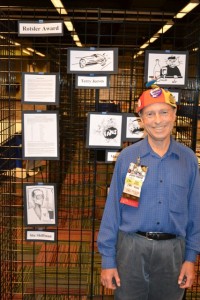Rich Lynch announces Mimosa #6 has been posted online, “a mere 24 years after its original publication:
There’s a lot of good writing on display, including the second of Sharon Farber’s “Tales of Adventure and Medical Life” series and Harry Warner, Jr.’s amazement about the contents of his late neighbor’s home in “The House on Summit Avenue”. For the fan historian there are two articles: Dave Kyle’s remembrance of the circumstances surrounding “The Great Exclusion Act of 1939” at the very first Worldcon, and a joint article (written as a one-act play) by Roger Sims and Howard Devore about “The Definitive Story of Numbered Fandoms”.
The real star of the issue, though, is Bruno Ogorelec’s “Great Jumping Grandmothers – A Cautionary Tale of Female Emancipation” which offers evidence that being a science fiction fan is heriditary, over several generations. There’s also a meaty letters column, including a long one from Mike Glicksohn (almost an article in itself) and a short note from Robert Bloch.
And besides all this, there’s even an article by me about my experiences in and observations about a small Kentucky place known as “Paradise”.
I think the issue still holds up well, after all these years. I hope you’ll find it an entertaining read.

